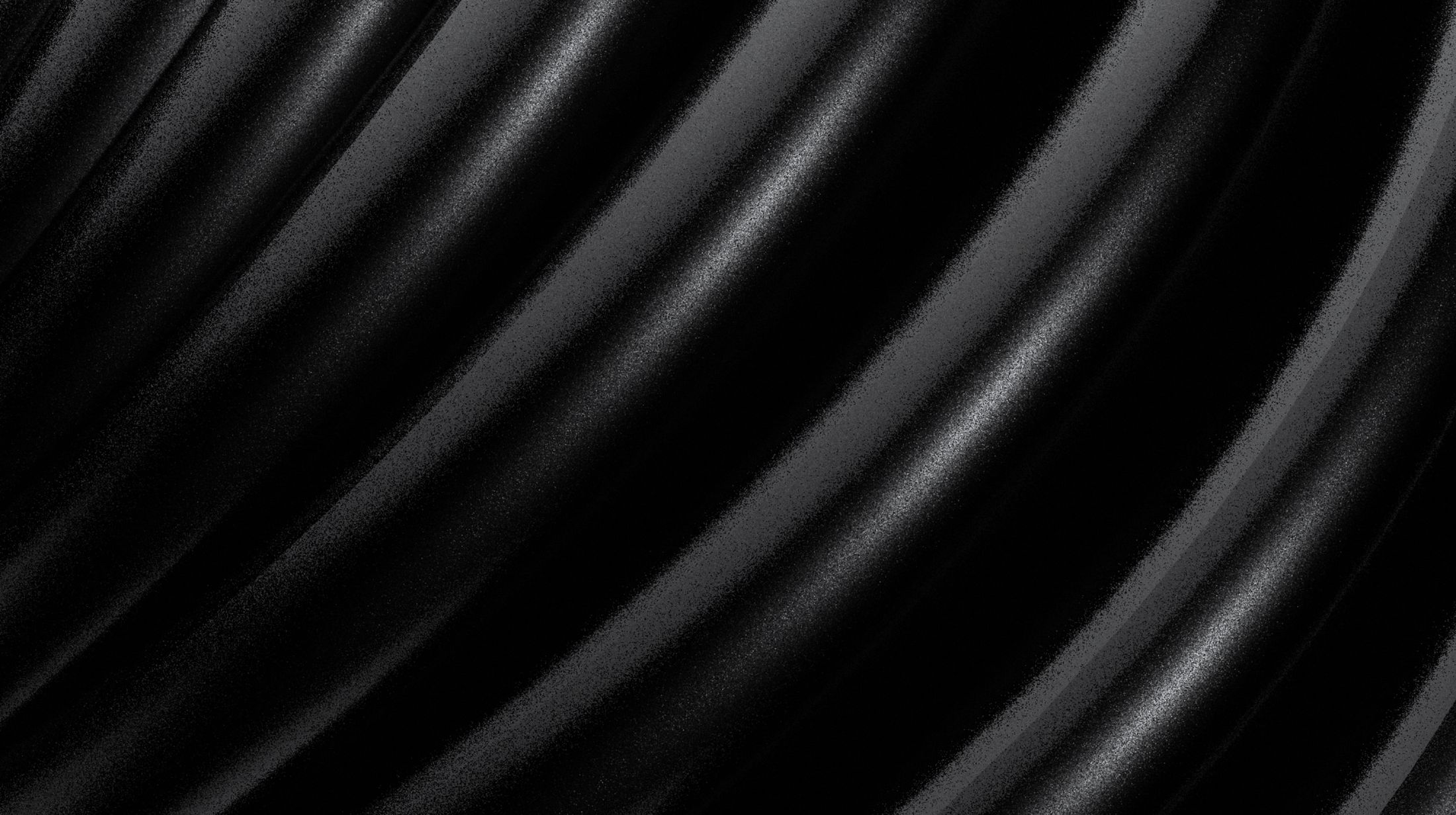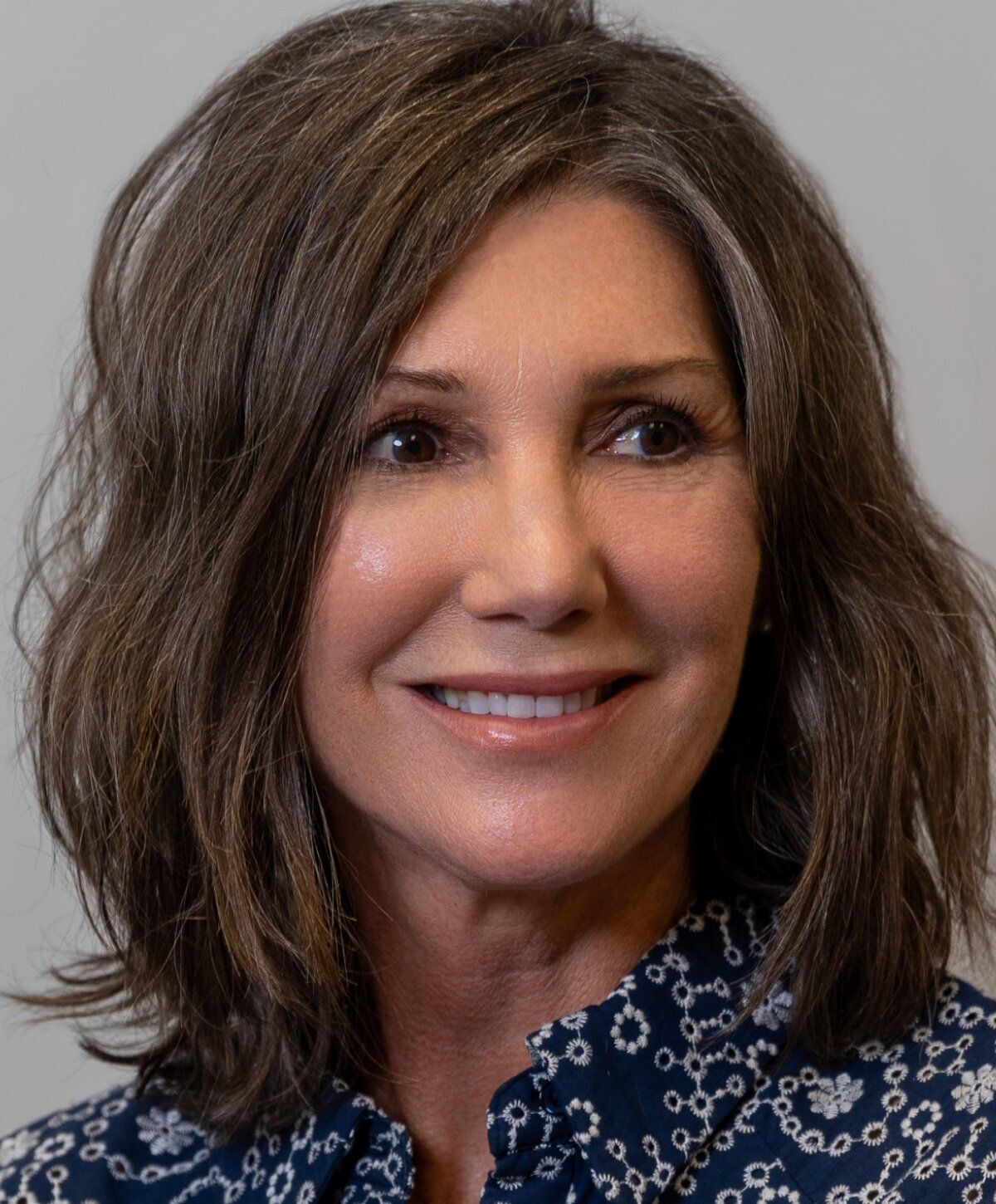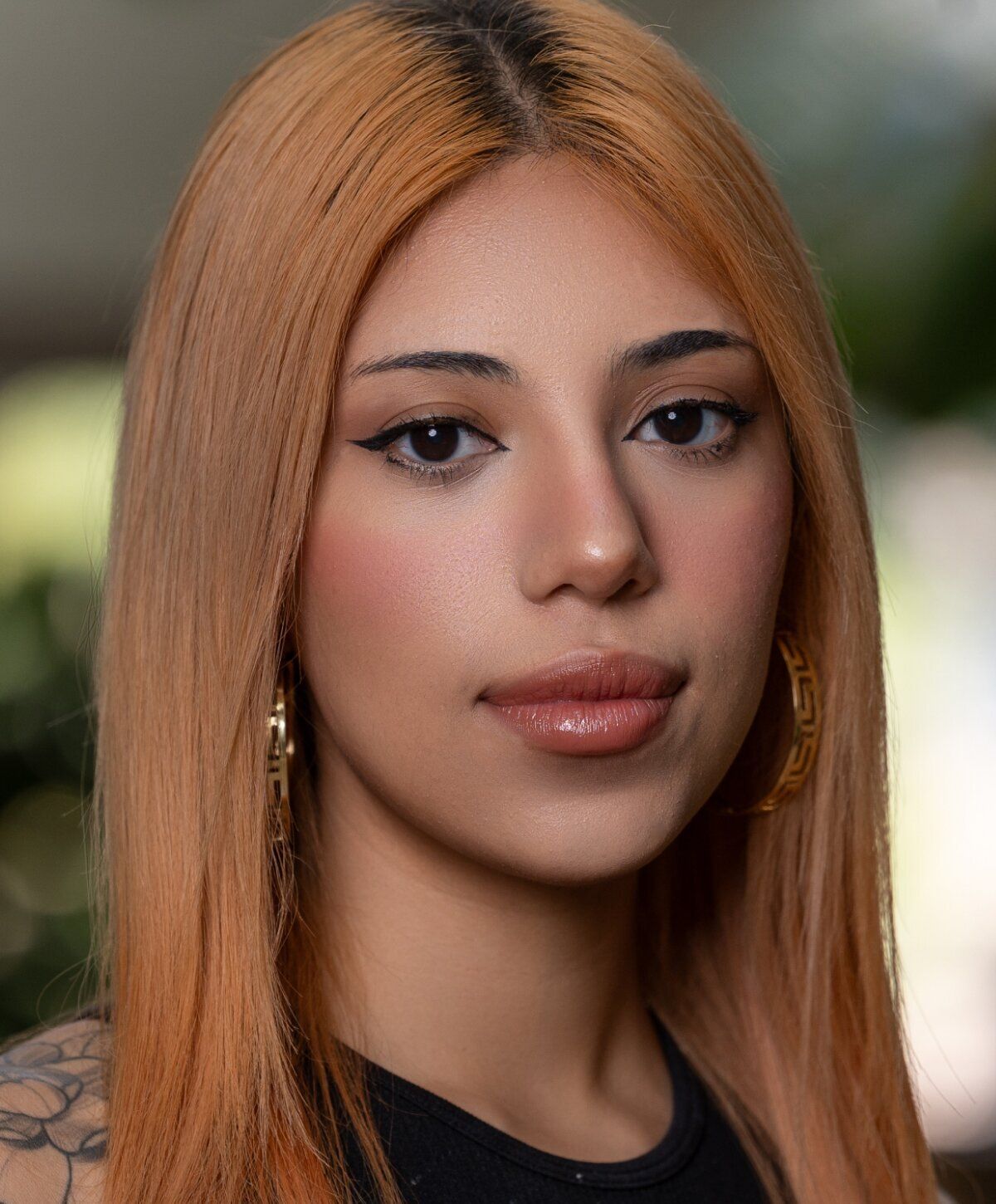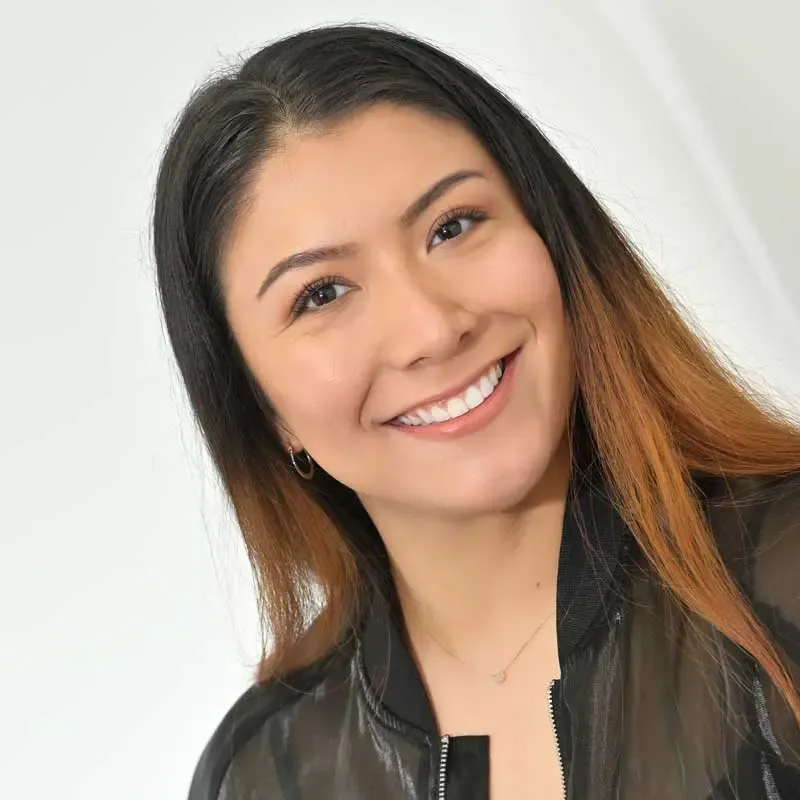



If you have never had nose surgery before, your procedure is known as a “primary rhinoplasty.” Find out more about what that means for your results.
Primary rhinoplasty is the term used to describe patients who have never had a surgical procedure on the nose. Patients who have had a nasal procedure in the past are revision procedures. Primary rhinoplasty is a quicker, easier, and less costly surgery than a revision rhinoplasty.
Take, for example, a small cut on your hand. The cut will heal. If you look closely enough, there will be a small scar.
IT IS IMPOSSIBLE TO DO SURGERY WITHOUT A SCAR. Every surgery leads to a scar. It is the facial plastic surgeon’s job to minimize the scar and camouflage the scar in a place where it cannot be seen.
Just like above, when you dissect tissues and put them back together, you create a certain amount of scar tissue in the tissue planes. That scar tissue makes elevation and dissection of tissues more difficult, tedious, and more time-consuming if you have to operate in the same area again.
A great example of this happens when we elevate the soft tissue envelope of the nose. In patients who have never had any type of procedure on their nose, the soft tissue envelope can be elevated in less than 10 minutes. Patients who have had a prior surgery may require over 45 minutes to 1 hour just to elevate the soft tissue envelope. One of Dr. Athre’s patients who had 5 prior nose job surgeries needed over 2 hours just to elevate the soft tissue envelope!
Furthermore, most surgical procedures of the nose involve modification and/or removal of cartilage. Cartilage is the structural support material of the nose, just as wooden 2X4s are the support material for your house.
The combination of scar tissue in surgical planes, modified cartilage, and removal of cartilage in certain patients makes surgery AFTER a prior nasal surgery more difficult and time-consuming.
The end result of this is that primary rhinoplasty is easier and therefore costs less. Revision rhinoplasty is more complicated and hence costs more.
One final difference between primary and revision rhinoplasty is that primary rhinoplasty requires no ancillary procedures, and revision rhinoplasty may require additional ancillary procedures. If cartilage has been modified and/or removed, it might be necessary to get additional cartilage to support the nasal structure. This can be via ear cartilage or rib cartilage and requires additional operating room time.
This requires increased preparation prior to the case, increased time in the operating room, and increased complexity in the operating room. This again makes revision rhinoplasty more difficult and costly than our Houston primary rhinoplasty procedure.

As explained above, primary rhinoplasty patients have had no prior surgery on their nose. However, there are a few conditions where patients who have never had surgery may be considered revision rhinoplasty patients.
Septoplasty. Patients who have had septoplasty in the past are halfway on the spectrum between primary and revision rhinoplasty. Septoplasty surgery is done for patients with a deviated septum.
During septoplasty surgery, the surgeon usually dissects the nasal septum and removes a small portion of deviated septal cartilage.
Despite not changing the outward appearance of the nose, removal of that cartilage may affect the straightness, support, and structure of the nose over the long term. When such patients subsequently present to reshape their noses, the rhinoplasty surgery also needs to access the septum.
This portion of the dissection will be more difficult because of scarring. If cartilage is needed for the rhinoplasty and all the cartilage has been removed in the prior septoplasty surgery, additional cartilage will be needed for cartilage grafts. For these reasons, prior septoplasty surgery patients may have slightly higher cost estimates and operative time over straight primary rhinoplasty patients.
Trauma. When someone breaks their nose or has a trauma to their nose, swelling ensues. That swelling is because of broken blood vessels, possible broken nasal bones, broken cartilage, and possible torn tissues.
Most nasal traumas do not need surgical intervention. However, the result of all this trauma to the tissues is some amount of scar tissue. When such a patient presents for a rhinoplasty surgery, dissection of the tissues will be more difficult than someone who has not had significant trauma to their nose.
Liquid rhinoplasty and fillers. Dr. Athre is not an advocate of liquid rhinoplasty or fillers in the nose.
Patients get fillers in their noses to modify the shape of their noses without surgery. Fillers may work to change facial features in other areas of the face, but generally, it is not a good idea in the nose.
Dr. Athre is an experienced surgeon and has done hundreds of rhinoplasty surgeries on patients who have had filler in their noses. These noses are not virgin noses. There is a certain amount of scarring in the tissues of the nose seen in these filler patients that is not seen in primary nose surgery.
The scarring is more significant with fillers such as Radiesse™, Artefill™, Silikon 100™, and other inflammatory fillers. These patient’s surgery is more similar to revision surgery of the nose. Patients with fillers based on hyaluronic acid (e.g., Restylane™ and Juvederm™) tend to act more similar to primary surgeries.
When patients from these categories above are seen for a rhinoplasty consultation, a complete history and physical examination, including anterior rhinoscopy, is important to determine where on the spectrum this patient falls.
Patients with a simple hyaluronic acid injection (liquid rhinoplasty) may fall closer to the primary rhinoplasty side, whereas patients with multiple traumas or a large septoplasty may fall closer to the revision rhinoplasty side of the spectrum.

From Dr. Athre personally:
“Rhinoplasty is a passion of mine. My engineering background has taught me to critically problem-solve and come up with innovative solutions to complex problems. Rhinoplasty is the epitome of a complex engineering problem with no two noses being identical. It requires balancing surgical skill, experience, a gentle touch, and an artistic flair. I love it.”
Dr. Athre is one of the foremost rhinoplasty surgeons in Houston, Texas though his patients come from all over the US, Mexico, South America, and the Middle East. He is known for cutting-edge techniques continuously innovating new techniques, and adapting older techniques to achieve beautiful, soft, natural, consistent results.
Approximately 75-80% of Dr. Athre’s rhinoplasty practice is primary rhinoplasty, with revision rhinoplasty being 20-25% of his practice. The fact that revision rhinoplasty occupies such a large percentage of his practice gives credence to his rhinoplasty skill, and many fellow physicians refer revision rhinoplasty patients to Dr. Athre.
With primary rhinoplasty Houston patients can find pricing on our pricing page. Rhinoplasty surgery is usually done under general anesthesia. Hence, fees for the anesthesiologist and the facility fee for the hospital/surgery center must be added to the fees. Pricing can be found on our pricing page.
First and foremost, you will need a consultation with Dr. Athre. Find out more about what to expect during the consultation.
In the consultation, Dr. Athre will get a complete medical history from you. The consultation is done in 3 steps:
After the above 3 steps, Dr. Athre will explain the procedure, the basic steps in your specific surgery, the potential risks and complications, and give you a brief description of your postoperative period. Finally, you will receive an itemized quotation for surgery, anesthesia, and facility fees.

“Dr Athre did an amazing job on my nose. His staff treated me like family and I felt very comfortable getting the work done. He was very intuitive on what I was trying to accomplish and knowledgable enough to work through the issues involved to get the result I wanted, especially considering it was a revision surgery. The whole experience was great and helped me so much!”
